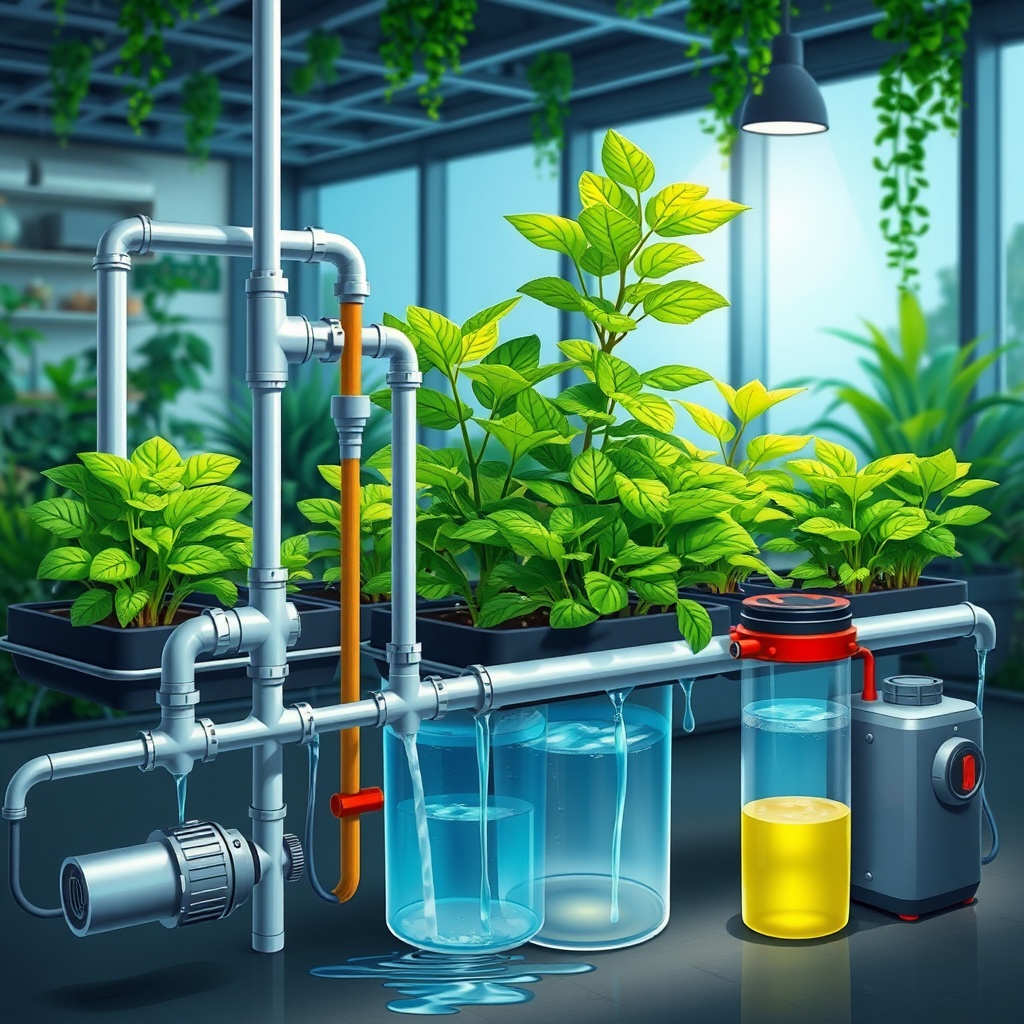The Importance of Plumbing in Hydroponics

In the world of hydroponics, the plumbing system is akin to the circulatory system in the human body. It transports essential nutrients and water to the plants, ensuring they thrive in a soilless environment. Without a well-designed plumbing system, even the most advanced hydroponic setup can falter. Understanding the fundamentals of hydroponic plumbing can empower growers to optimize their systems for maximum yield and efficiency.
Components of a Hydroponic Plumbing System

When setting up a hydroponic system, it’s crucial to understand the key components that make up the plumbing setup. Each part plays a vital role in maintaining the health of your plants and ensuring proper nutrient delivery.
- Pipes: Generally made from PVC or polyethylene, pipes are the main conduits for transporting water and nutrients.
- Pumps: Essential for moving the nutrient solution through the system, pumps vary in size and capacity depending on the scale of your operation.
- Reservoirs: This is where the nutrient solution is stored before being delivered to the plants. The size of the reservoir can impact the overall efficiency of the system.
- Emitters: These devices control the flow of nutrient solution to the plants, ensuring they receive the right amount at the right time.
By understanding how these components work together, growers can troubleshoot issues and enhance the efficiency of their hydroponic systems.
Designing an Efficient Hydroponic Plumbing Layout
The layout of your plumbing system can make or break your hydroponic garden. A well-thought-out design can lead to better nutrient distribution and easier maintenance. Here are some essential tips to consider when designing your plumbing system:
- Flow Rate: Ensure that your pump can handle the required flow rate for your system’s size.
- Gravity vs. Pumped Systems: Decide whether to use gravity to move water or rely on pumps, as each has its pros and cons.
- Accessibility: Design your plumbing for easy access to all parts for maintenance and repairs.
By carefully planning your plumbing layout, you not only protect your investment but also create a thriving environment for your plants.




